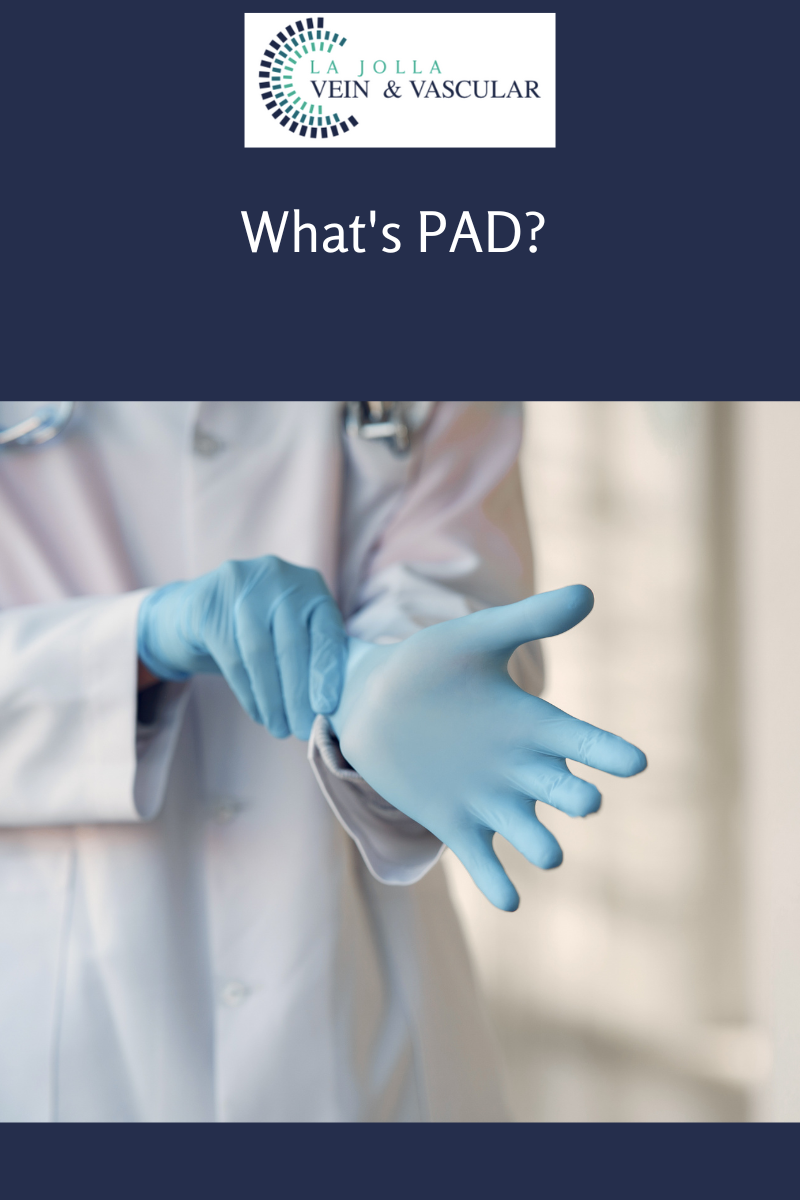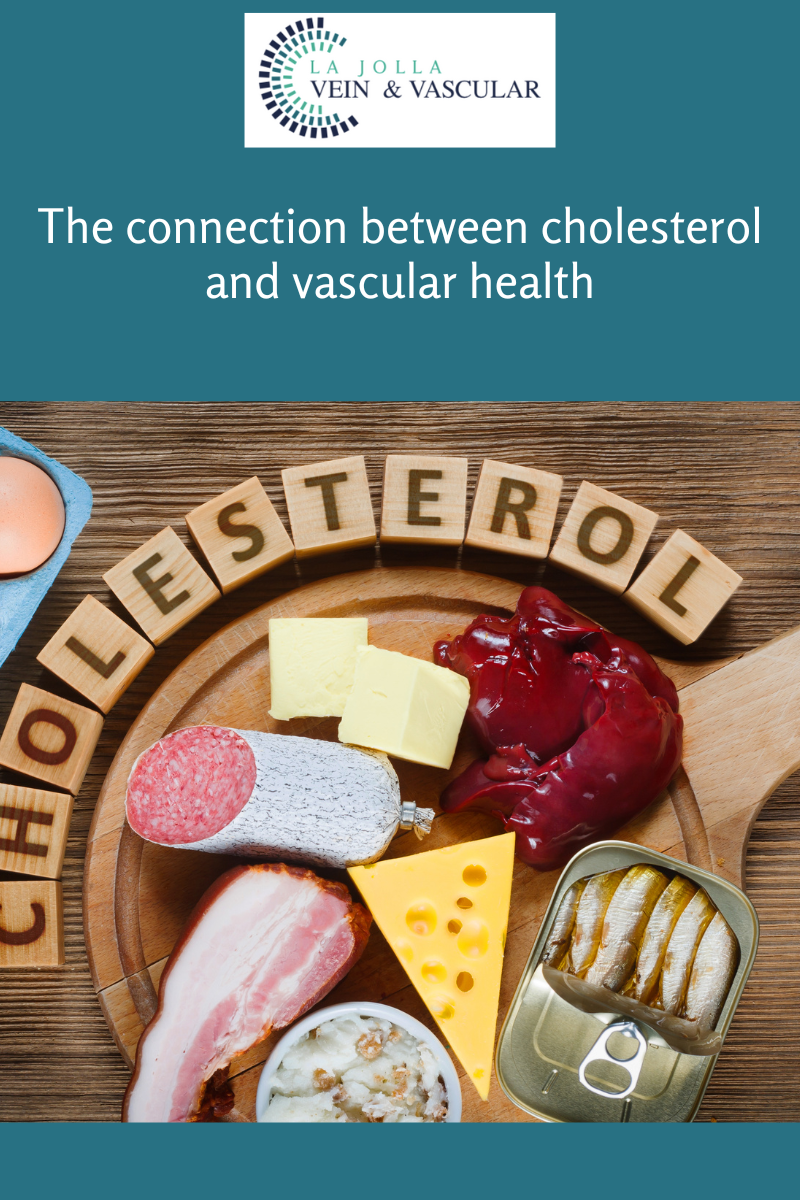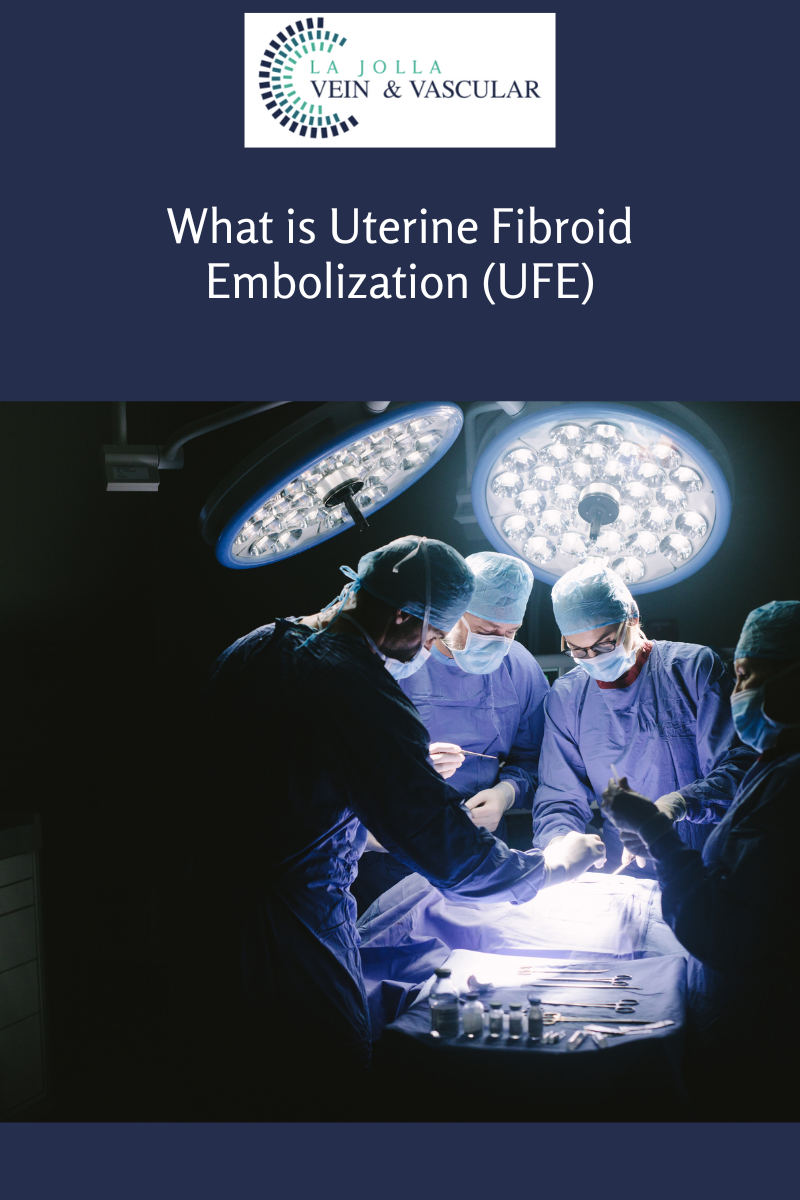Varicocele Embolization for Men
LJVascular2023-01-14T13:32:33-08:00Varicocele Treatment
In most cases, varicoceles treatment is not necessary. Most men with varicoceles do not experience fertility issues. However, if the condition is causing pain, testicular atrophy, or infertility, you can benefit from varicoceles treatment. The treatment helps in sealing off the affected vein and redirecting the blood flow into normal […]












